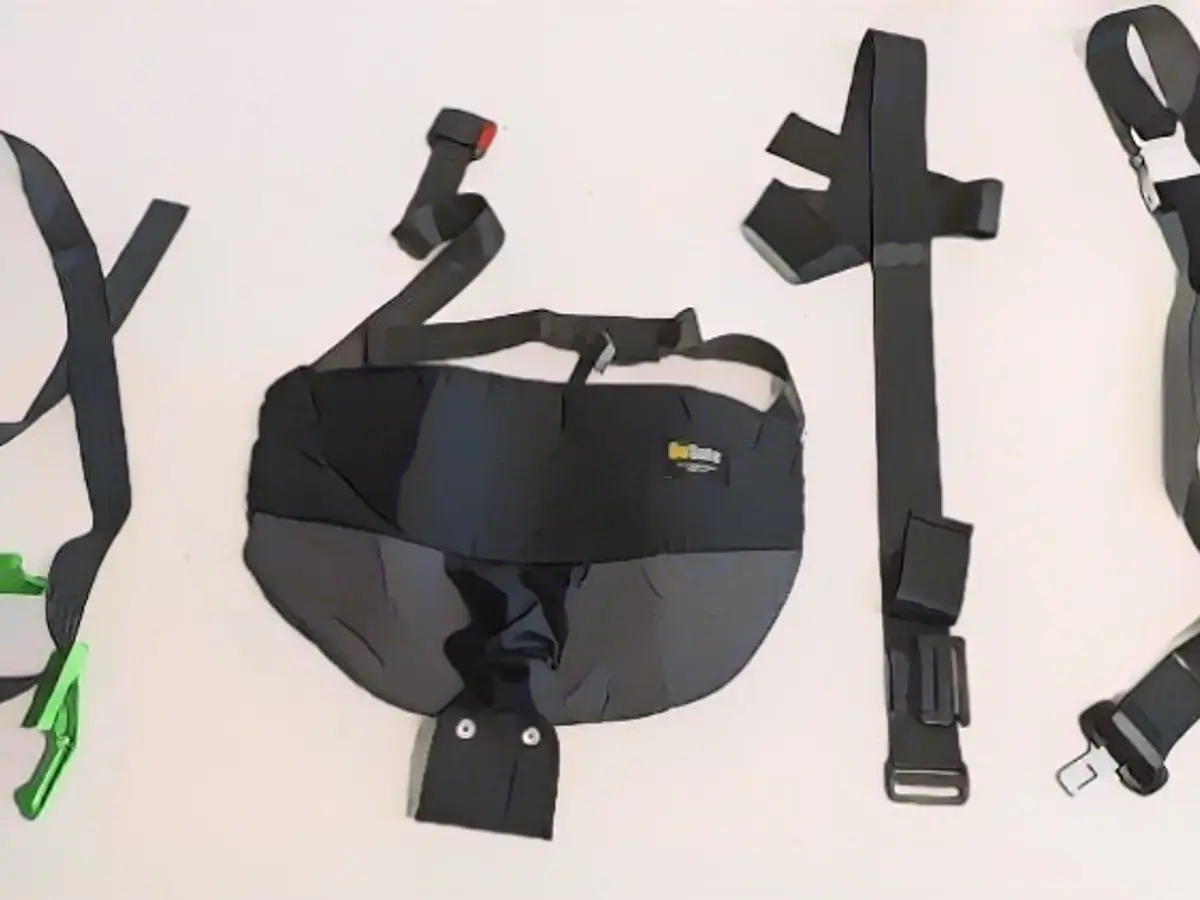Seat belt adapters for pregnant women fail the crash test
Seat belt adapters for pregnant women are advertised as providing better protection for unborn babies. In ADAC crash tests, however, the supposed aids significantly increased the risk of injury. The traffic club therefore comes to the conclusion: not recommended. It strongly advises against their use.
For some years now, so-called belt adapters for pregnant women have been offered in car accessories with the promise of reducing the risk of injury to unborn children in the event of a car accident. The German automobile club ADAC has now examined four different belt adapter concepts in practical use and in crash tests. The latter delivered alarming results.

With regard to the seat belt tests with pregnant test subjects, there was still a conciliatory result. Although the belt fastening procedure caused more effort, the participants would accept it if it reduced the risk of injury.
Increased stress for babies
However, crash tests revealed the opposite. Instead of reducing the risk of injury, the adapters actually increased the strain on babies. The supposed additional protection worsened the wrap around and therefore the retention of the pelvis, which increased the strain on the chest, stomach and pelvis by up to 30 percent.

In addition, none of the tested adapters could withstand the loads. Plastic and metal hooks and buckles broke and posed an additional risk of injury. Pregnancy belts also require 30 centimeters more webbing, which is why the normal belt was less tight and the dummies moved forward more in a crash.
ADAC advises against using belt adapters
The traffic club therefore strongly advises against the use of belt adapters. Systems with metal hooks, plastic hooks, elastic straps with press studs and additional belts were tested. None of the four variants were convincing.

Instead, the system comparison showed that the correctly fitted conventional three-point belt does not press on the baby's belly and therefore offers better protection in the event of an accident and poses no danger to pregnant women or the unborn baby.
The traffic club only recommends that pregnant women place the lap belt as low as possible under the stomach and also remove jackets or at least not place them under the belt at the hips.
Despite advertisements claiming improved protection, seat belt adapters for pregnant women failed ADAC's crash tests, significantly increasing the risk of injury to unborn babies. Consequently, ADAC strongly advises against using these adapters during automobile traffic, as they offer no additional safety benefits and could potentially cause harm.
Source: www.ntv.de








